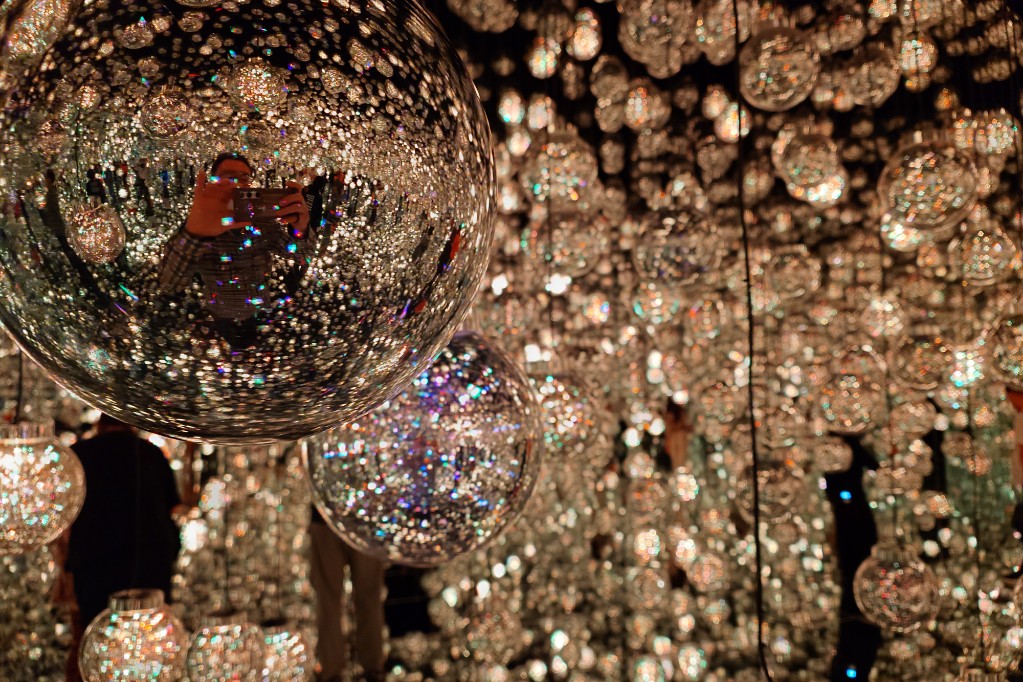カテゴリ: 都内近郊散策

At the end of June, the weather suddenly turned hot, and with my weekend strolls around Tokyo becoming less frequent, I found myself getting off at Gakugei-Daigaku Station for the first time in several years.

駅から十数分歩くと、私が半世紀近く前に通っていた母校の学芸大学付属高校に到着する。駅からの街並みはすっかり変わってしまったが、この建物の外観は私が通っていたころのままだ。
After walking for around ten minutes from the station, I arrived at my alma mater—Gakugei University Senior High School, which I attended nearly half a century ago. The streets along the way have changed completely, but the exterior of the school building remains just as it was in my student days.

そのすぐそばにあるのだが「世田谷観音寺」。この日の目的地だ。
Located just nearby is Setagaya Kannon Temple—my destination for the day.
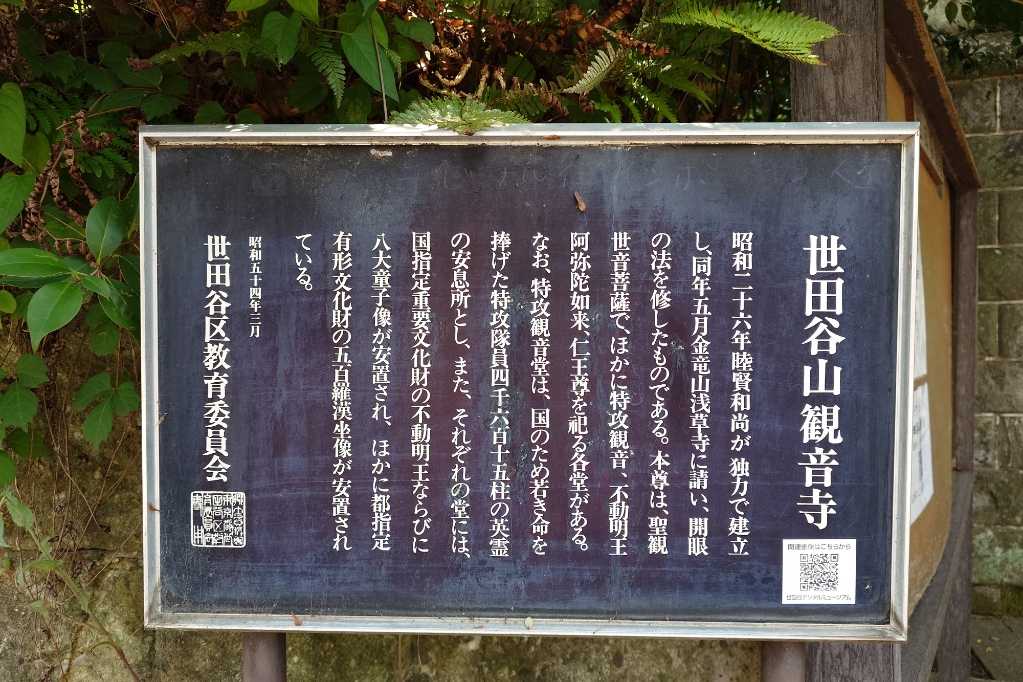
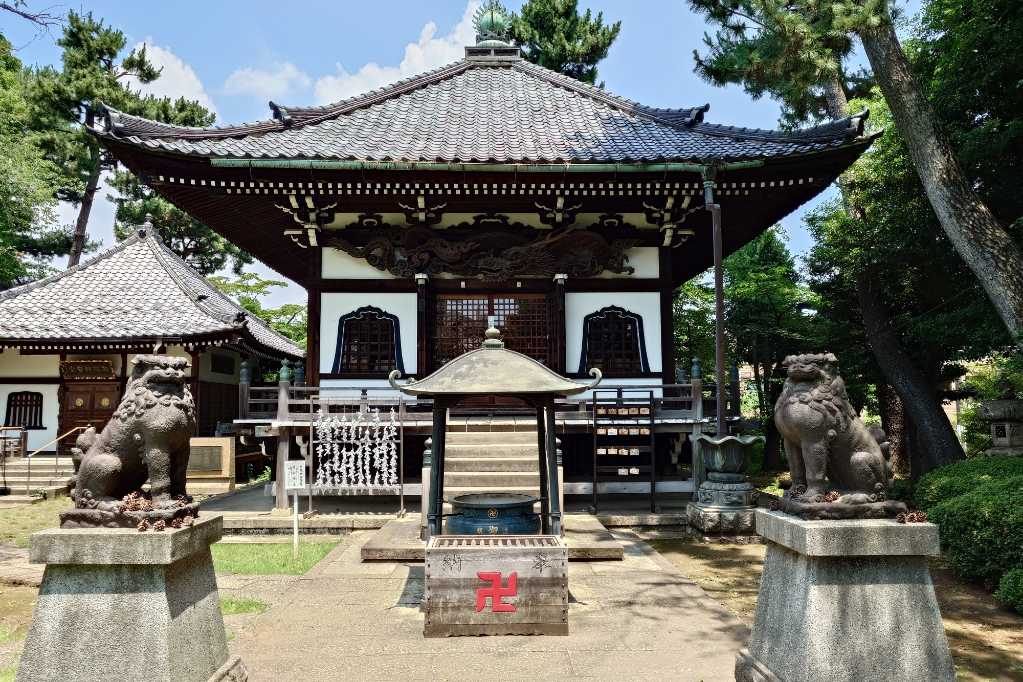
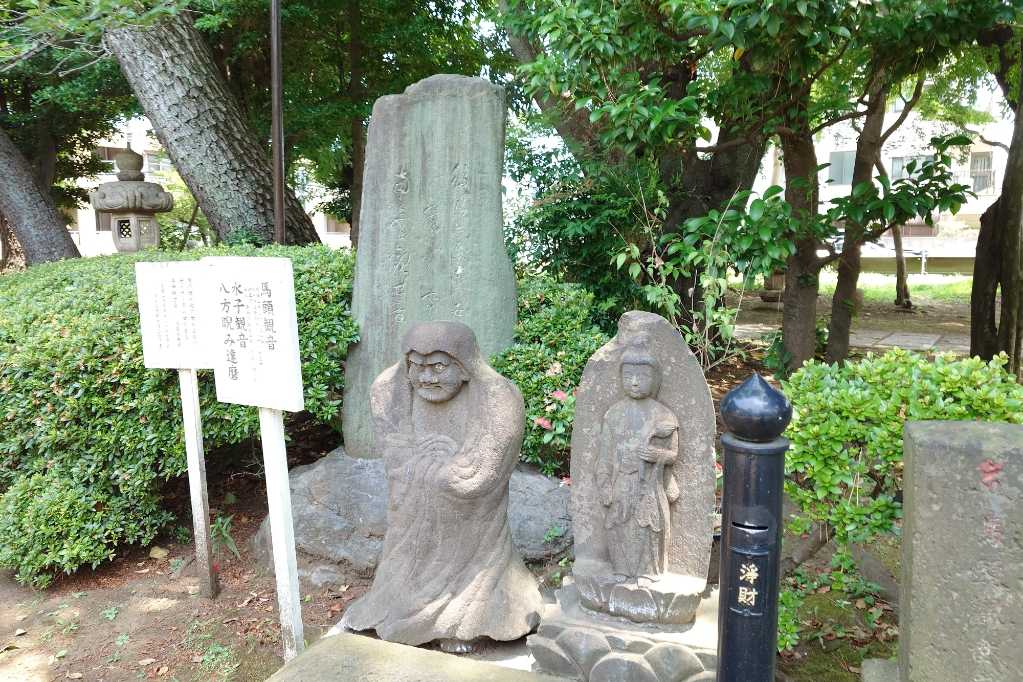
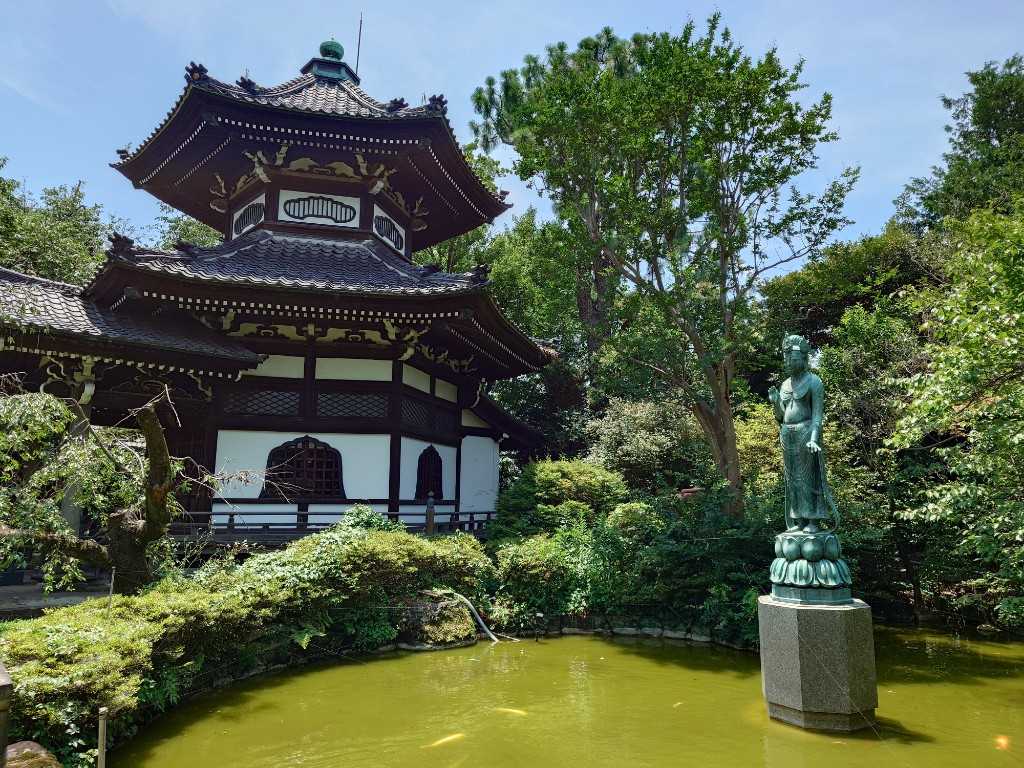
高校時代にはじっくりと境内を見学したことはなかったが、この観音さまだけはよく覚えている。
Back in high school, I never really took the time to explore the temple grounds, but I clearly remember this Kannon statue.
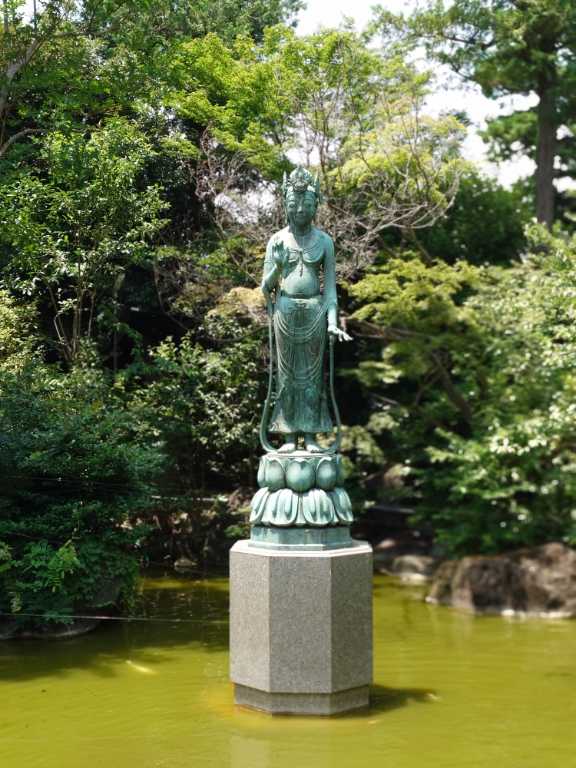
池に浮かぶ夢違観音像は、法隆寺の夢違観音(87cm)を拡大模写した姿だそうだ。

今回、世田谷観音に来たのは、「五百羅漢像」を見てみたかったからだ。
The reason I visited Setagaya Kannon this time was to see the Gohyaku Rakan statues—the Five Hundred Arhats.
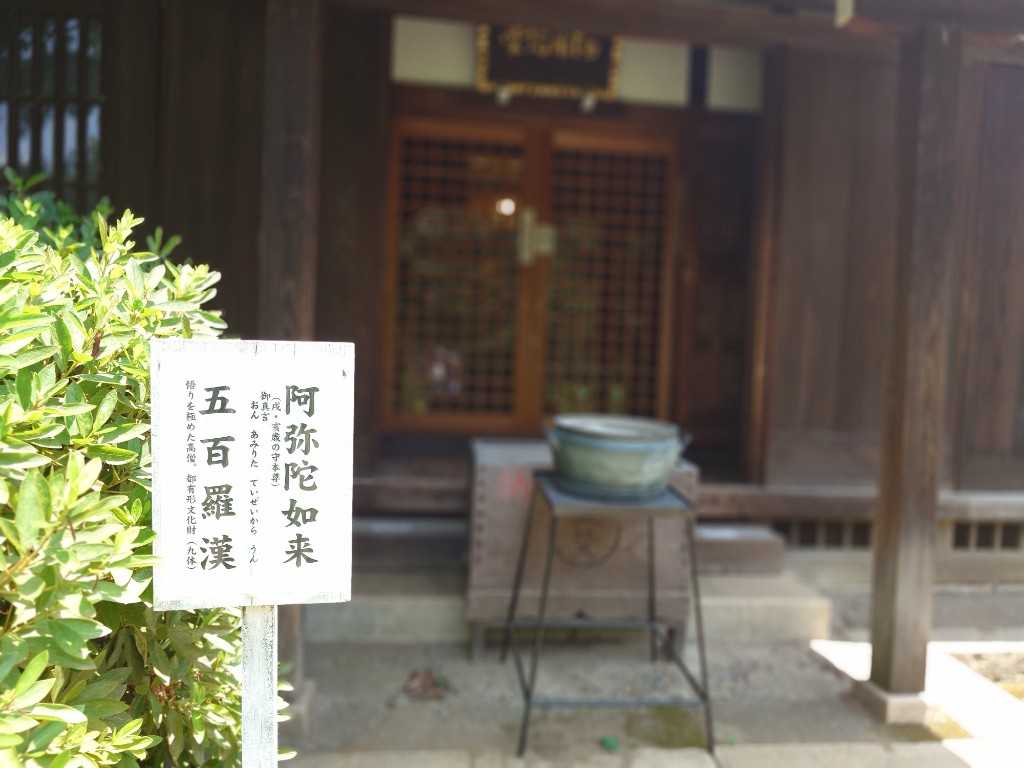
先日、目黒の五百羅漢寺で見た五百羅漢坐像のうち、九体がこちらの阿弥陀堂に奉安されていると知って、どうしても見てみたくなったのだ。
Recently, I learned that nine of the seated statues of the Five Hundred Arhats I saw at the Gohyaku Rakan-ji Temple in Meguro are enshrined here in the Amida Hall, and I really wanted to see them.

残念ながら、この日は中まで入ることはできなかったが、外から堂内を覗くことはできた。
Unfortunately, I wasn’t able to enter inside that day, but I was able to peek into the hall from outside.

こちらが阿弥陀堂内部。ちなみに撮影は許可されている。
This is the interior of the Amida Hall.(hotography is permitted.)

毎月8日の午後2時より観音経と阿弥陀経を唱える読誦会が行われており、その終了後阿弥陀堂が開堂し、しばらくの間堂内を拝観できるとのこと。
Every month on the 8th at 2 p.m., there is a chanting gathering where the Kannon Sutra and Amida Sutra are recited. After the session ends, the Amida Hall is opened, allowing visitors to view the interior for a limited time.
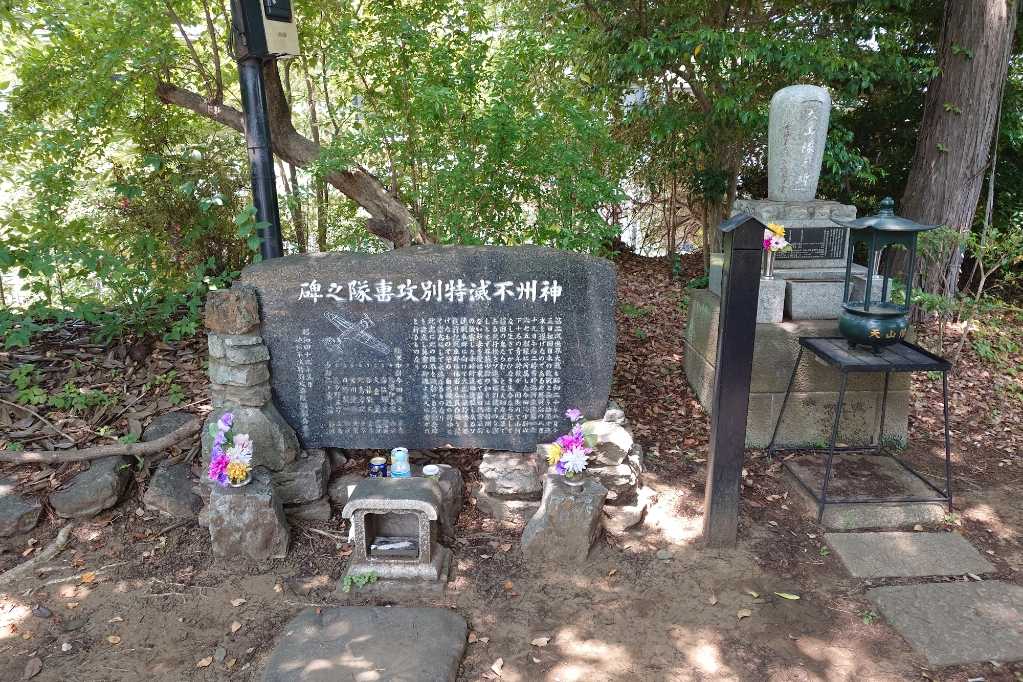
特攻隊員の墓や慰霊碑もある。↓このような経緯で設置されたそうだ。
https://chinobouken.com/setagayakannon/
https://chinobouken.com/setagayakannon/
特攻隊を弔う「世田谷観音」誕生の背景には、ハンセン病が関わっていた!?
There are also graves and memorial monuments dedicated to kamikaze pilots. According to this background story, they were established through the following circumstances:
https://chinobouken.com/setagayakannon/
“Did Hansen’s disease have a connection to the birth of Setagaya Kannon, a memorial for kamikaze pilots!?”

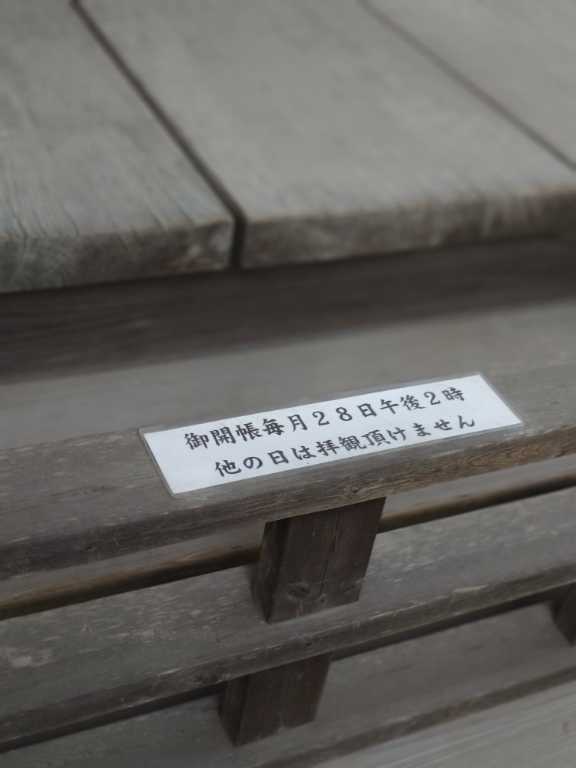
本尊として六角堂(不動堂)に安置されているのは、鎌倉時代の運慶の孫にあたる康円の手による「不動明王ならびに八大童子」。国の重要文化財に指定されている。毎月28日2時開帳とのことなので、機会があれば見てみたい。欲を言えば、五百羅漢像と同じ日に開帳してほしいものだ。
Enshrined as the principal image in the Hexagonal Hall (Fudō Hall) are the statues of Fudō Myōō and the Eight Great Guardians, created by Kōen, the grandson of Unkei from the Kamakura period. These statues are designated as Important Cultural Properties of Japan. The hall is open to the public at 2 p.m. on the 28th of every month, so I would like to see them if I have the chance. Ideally, I wish they would open it on the same day as the Gohyaku Rakan statues!
There are also graves and memorial monuments dedicated to kamikaze pilots. According to this background story, they were established through the following circumstances:
https://chinobouken.com/setagayakannon/
“Did Hansen’s disease have a connection to the birth of Setagaya Kannon, a memorial for kamikaze pilots!?”


本尊として六角堂(不動堂)に安置されているのは、鎌倉時代の運慶の孫にあたる康円の手による「不動明王ならびに八大童子」。国の重要文化財に指定されている。毎月28日2時開帳とのことなので、機会があれば見てみたい。欲を言えば、五百羅漢像と同じ日に開帳してほしいものだ。
Enshrined as the principal image in the Hexagonal Hall (Fudō Hall) are the statues of Fudō Myōō and the Eight Great Guardians, created by Kōen, the grandson of Unkei from the Kamakura period. These statues are designated as Important Cultural Properties of Japan. The hall is open to the public at 2 p.m. on the 28th of every month, so I would like to see them if I have the chance. Ideally, I wish they would open it on the same day as the Gohyaku Rakan statues!
お気に入りの記事を「いいね!」で応援しよう
[都内近郊散策] カテゴリの最新記事
-
ぶらり東京散歩38~原宿太田美術館からハ… 2025年11月13日
-
「渋谷を駄目にした 鉄道会社どもーー再開… 2025年11月12日
-
モーリス・ユトリロ展@SOMPO美術館~その2 2025年11月11日
【毎日開催】
15記事にいいね!で1ポイント
10秒滞在
いいね!
--
/
--
PR
X
Comments
shuz1127
@ Re[1]:モーリス・ユトリロ展@SOMPO美術館~その1 Maurice Utrillo Exhibition at the SOMPO Museum — Part 1(11/10)
Henryさん おお、西山美術館に行かれたの…
Henry@ Re:モーリス・ユトリロ展@SOMPO美術館~その1 Maurice Utrillo Exhibition at the SOMPO Museum — Part 1(11/10)
西山美術館、メルカリで無料招待券をお安…
shuz1127
@ Re[1]:ほどよく均整の取れたベリーA~マスカットベリーA2023(白百合醸造) Well-Balanced Berry A – Muscat Bailey A 2023 (Shirayuri Winery)(10/10)
noir-funさんへ 熊本ワインファーム、例…
noir-fun
@ Re:ほどよく均整の取れたベリーA~マスカットベリーA2023(白百合醸造) Well-Balanced Berry A – Muscat Bailey A 2023 (Shirayuri Winery)(10/10)
機会があれば是非、熊本ワインファームの…
shuz@ Re[1]:悪くはないのだけど…エラスリス MAX・カベルネソーヴィニヨン2020 “Not bad, but not quite…” — Errazuriz MAX Cabernet Sauvignon 2020(09/24)
noir-funさん ご無沙汰していますが、お…
Category
カテゴリ未分類
(10)お知らせ・リンク集
(29)ワイン新着情報
(515)ワインコラム
(343)ワインコラム2(話飲徒然草拾遺集)
(75)ワインコラム3(RWGコラム拾遺集)
(28)都内近郊散策
(281)こんな店に行った
(326)B級グルメ・カフェ
(247)健康
(219)エッセイ
(76)ひとりごと・備忘録
(541)カミサン推薦ネタ
(28)語学・資格・学び直し
(95)山歩き・ハイキング
(123)アクアリウム・ガーデニング
(339)育児・教育
(88)PCネット時計カメラ
(129)音楽・オーディオ
(70)リフォーム引越し
(50)こんなワイン買った
(129)ボルドー
(99)ブルゴーニュ・ジュブレシャンベルタン
(90)ブルゴーニュ・モレサンドニ
(40)ブルゴーニュ・シャンボールミュジニー
(45)ブルゴーニュ・ヴォーヌロマネ・ヴジョ
(56)ブルゴーニュ・NSG
(58)ブルゴーニュ・その他コートドニュイ
(63)ブルゴーニュ・コルトン・ポマール・ヴォルネイ
(30)ブルゴーニュ・ボーヌ周辺
(56)ブル・ピュリニー・シャサーニュ・ムルソー
(21)ブルゴーニュ・その他コートドボーヌ
(27)ブルゴーニュ・裾モノイッキ飲み!
(221)ブルゴーニュ・その他地域
(37)ボジョレー再発見プロジェクト
(32)シャンパーニュ
(195)ロワール・アルザス・ローヌ
(54)その他フランス
(16)イタリア
(80)スペイン・ポルトガル
(37)ニュージーランド・オーストラリア
(49)USA
(40)安泡道場(シャンパーニュ以外)
(37)その他地域・甘口など
(43)日本ワイン
(64)ワイン会・有料試飲
(173) 【wine】アルザスシ…
 New!
ささだあきらさん
New!
ささだあきらさん
アルマン・ルソー … New!
mache2007さん
New!
mache2007さん
貝殻亭でランチ New!
zzz.santaさん
New!
zzz.santaさん
EF210-328 EF510-3… musigny0209さん
グラムノン yonemuさん
yonemuさん
ジャン・ルイ・シャ… hirozeauxさん
hirozeauxさん
実南 月一会 ミユウミリウさん
ミユウミリウさん
ワイン&ジョギング … Char@diaryさん
道草日記 旅・釣… 道草.さん
鴨がワインしょって… うまいーちさん
 New!
ささだあきらさん
New!
ささだあきらさんアルマン・ルソー …
 New!
mache2007さん
New!
mache2007さん貝殻亭でランチ
 New!
zzz.santaさん
New!
zzz.santaさんEF210-328 EF510-3… musigny0209さん
グラムノン
 yonemuさん
yonemuさんジャン・ルイ・シャ…
 hirozeauxさん
hirozeauxさん実南 月一会
 ミユウミリウさん
ミユウミリウさんワイン&ジョギング … Char@diaryさん
道草日記 旅・釣… 道草.さん
鴨がワインしょって… うまいーちさん
Keyword Search
▼キーワード検索
Calendar
© Rakuten Group, Inc.


